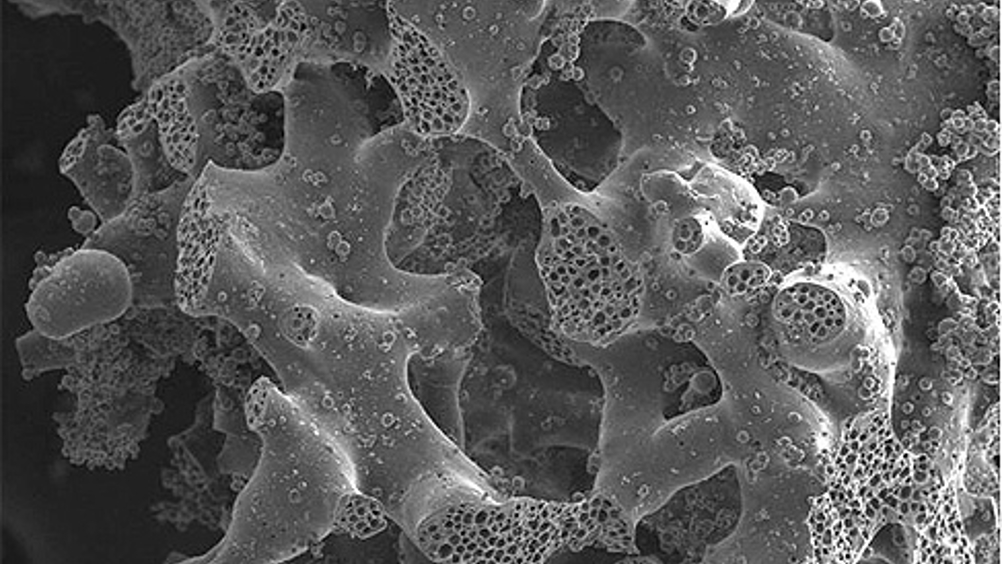Stem cells and plastics combined to heal bones
The use of bone stem cells combined with a degradable rigid material that inserts into broken bones and encourages real bone to re-grow has been developed at the Universities of Edinburgh and Southampton.

Researchers are said to have developed the material with a honeycomb scaffold structure that allows blood to flow through it, enabling stem cells from the patient’s bone marrow to attach to the material and grow new bone. Over time, the plastic slowly degrades as the implant is replaced by newly grown bone.
According to a statement, scientists developed the material by blending three types of plastics. They used a technique to blend and test hundreds of combinations of plastics, to identify a blend that was robust, lightweight, and able to support bone stem cells. Successful results have been shown in the lab and in animal testing with the focus now moving towards human clinical evaluation.
The study, published in Advanced Functional Materials, was funded by the Biotechnology and Biological Sciences Research Council.
This new discovery is the result of a seven-year partnership between the two universities.
Richard Oreffo, Professor of Musculoskeletal Science at the University of Southampton, said, ‘Fractures and bone loss due to trauma or disease are a significant clinical and socioeconomic problem.
Register now to continue reading
Thanks for visiting The Engineer. You’ve now reached your monthly limit of news stories. Register for free to unlock unlimited access to all of our news coverage, as well as premium content including opinion, in-depth features and special reports.
Benefits of registering
-
In-depth insights and coverage of key emerging trends
-
Unrestricted access to special reports throughout the year
-
Daily technology news delivered straight to your inbox










UK Enters ‘Golden Age of Nuclear’
Anybody know why it takes from 2025 to mid 2030's to build a factory-made SMR, by RR? Ten years... has there been no demonstrator either? Do RR...